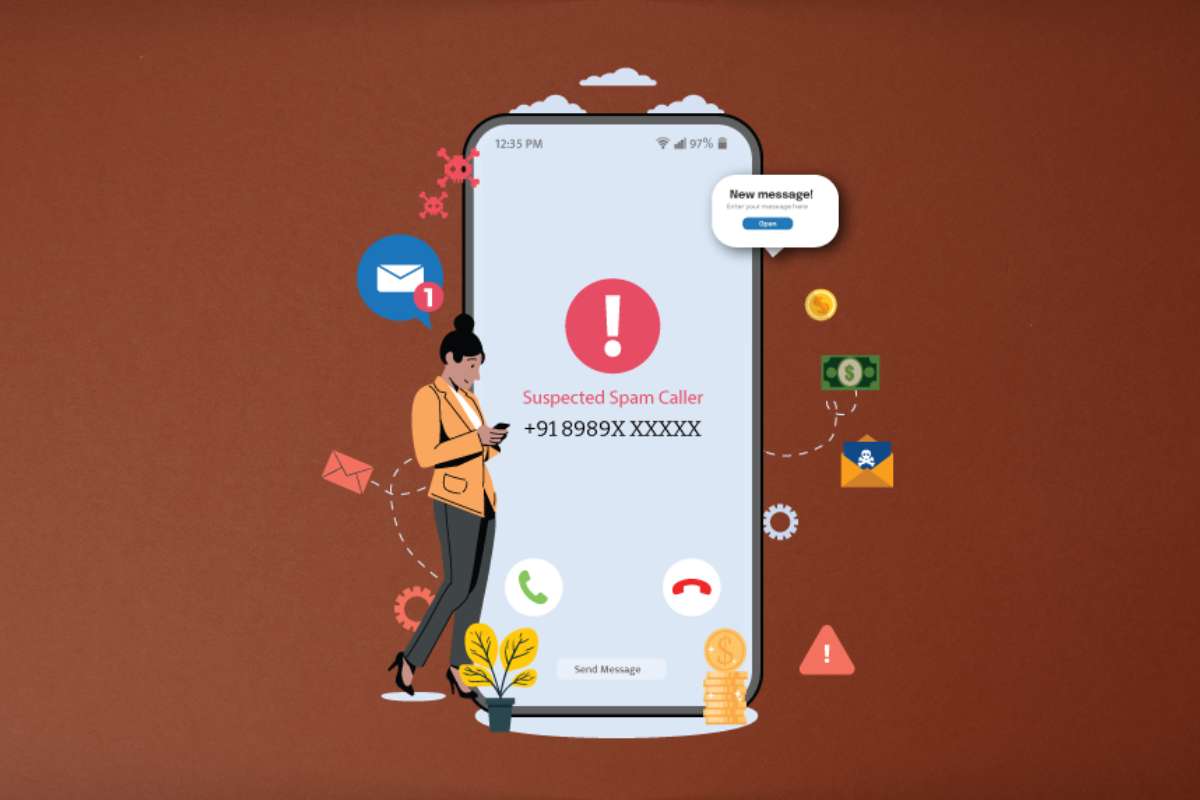In today’s fast-paced world, managing debt effectively has become a critical skill for many individuals and families. With the rising cost of living and unexpected expenses, it’s easy to fall into the trap of accumulating debt. However, mastering debt management techniques can provide you with the tools you need to regain control over your finances, reduce stress, and pave the way for a healthier financial future. In this article, we will explore various effective debt management techniques that can help you tackle your financial challenges head-on.
Top 7 Understanding Debt Management Techniques:
Debt management refers to the strategies and processes that individuals employ to reduce and eliminate their debts. These techniques can vary based on individual circumstances, such as income, types of debt, and personal goals. The primary objective of debt management techniques is to make debt more manageable while improving overall financial health.
1. Create a Budget
One of the fundamental debt management techniques is establishing a budget. A well-structured budget helps you track your income and expenses, allowing you to identify areas where you can cut back. Start by listing all your sources of income and then detail your monthly expenses, including necessities such as rent, groceries, and utilities, as well as discretionary spending.
Once you have a clear picture of your financial situation, allocate a portion of your income specifically for debt repayment. By adhering to your budget, you can ensure that you’re consistently making progress toward paying off your debts.
2. Prioritize Your Debts

Not all debts are created equal. Some debts come with higher interest rates, while others may be more manageable. Prioritizing your debts is a crucial step in effective debt management. Use the following strategies to prioritize effectively:
- Avalanche Method: Focus on paying off high-interest debts first while making minimum payments on others. This method saves you money in interest over time.
- Snowball Method:
- Alternatively, start by paying off your smallest debts first. This approach can provide psychological benefits, as you will see debts eliminated more quickly, motivating you to continue.
Whichever method you choose, make sure to stay committed and consistently work on paying down your prioritized debts.
3. Negotiate with Creditors
Many people overlook the possibility of negotiating with creditors. If you’re struggling to keep up with payments, reach out to your creditors and explain your situation. Many creditors are willing to work with you to establish a more manageable payment plan.
Some options you can discuss include:
- Lowering interest rates
- Extending payment terms
- Settling for a reduced amount
Effective communication with your creditors can provide you with temporary relief and help you navigate through tough financial periods.
4. Consider Debt Consolidation

Debt consolidation is another valuable technique in your debt management arsenal. This involves combining multiple debts into a single loan, ideally with a lower interest rate. Debt consolidation can simplify your financial situation by allowing you to make one monthly payment instead of juggling multiple payments.
You can consolidate your debts in several ways:
- Personal Loans: Obtain a personal loan to pay off high-interest debts.
- Balance Transfer Credit Cards: Transfer your existing balances to a credit card with a lower interest rate, often with an introductory 0% APR for a set period.
- Home Equity Loans: If you own a home, consider using a home equity loan to consolidate debts.
While debt consolidation can be an effective strategy, ensure that you understand the terms and conditions to avoid falling into deeper debt.
5. Develop an Emergency Fund
Building an emergency fund is one of the most effective debt management techniques. An emergency fund serves as a financial buffer that can help you avoid relying on credit cards or loans during unexpected expenses. Start by saving a small portion of your income each month until you have enough to cover three to six months’ worth of living expenses.
Having an emergency fund can prevent you from accruing additional debt during difficult times, giving you peace of mind and allowing you to focus on paying down existing debts.
6. Seek Professional Help
If your debt situation feels overwhelming, consider seeking help from a financial advisor or credit counseling service. These professionals can provide personalized guidance and support to help you navigate your financial challenges.
Credit counseling services can assist in:
- Creating a customized debt management plan
- Negotiating with creditors on your behalf
- Offering financial education and resources
While some services charge fees, many non-profit organizations provide assistance at little to no cost. Research and choose reputable services to ensure you’re receiving legitimate support.
7. Monitor Your Progress

Tracking your progress is essential for maintaining motivation and accountability in your debt management journey. Regularly review your budget, expenses, and debt repayment progress.
Consider the following tips for effective monitoring:
- Set milestones: Establish short-term and long-term financial goals to keep yourself motivated.
- Celebrate successes: Acknowledge and reward yourself when you reach specific milestones, no matter how small.
- Adjust as needed: If you encounter setbacks, don’t be discouraged. Reassess your budget and strategies, making necessary adjustments to stay on track.
Conclusion
Effectively managing debt is a crucial aspect of achieving financial stability and peace of mind. By employing these debt management techniques, you can take charge of your finances, reduce stress, and pave the way for a more secure future. Whether you start by creating a budget, prioritizing your debts, negotiating with creditors, or seeking professional help, remember that the journey to financial freedom is a gradual process. With commitment and the right strategies in place, you can overcome your debt challenges and achieve your financial goals.









